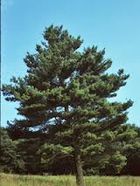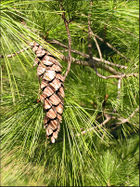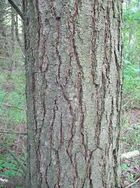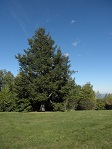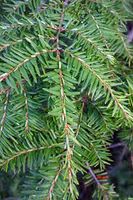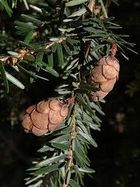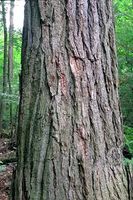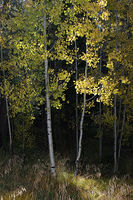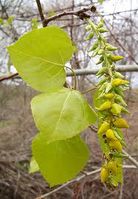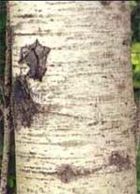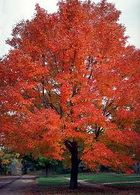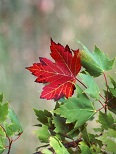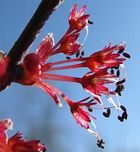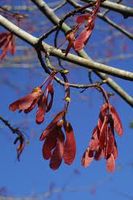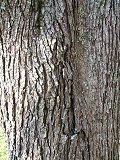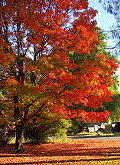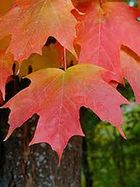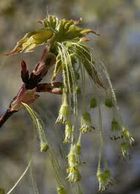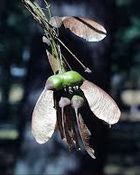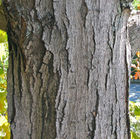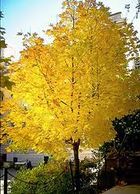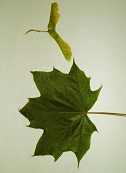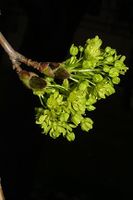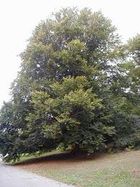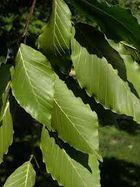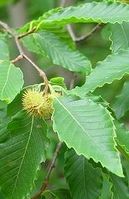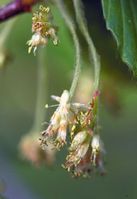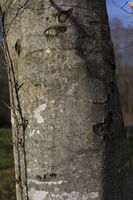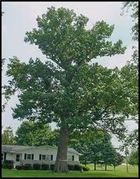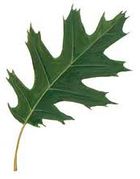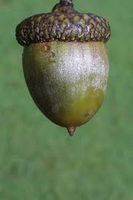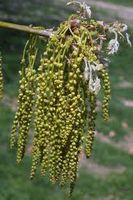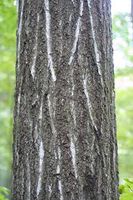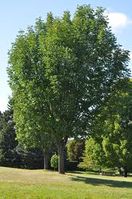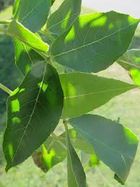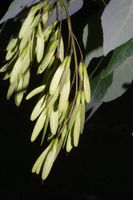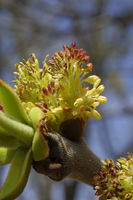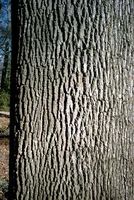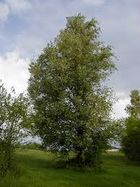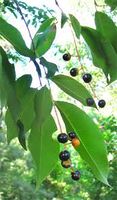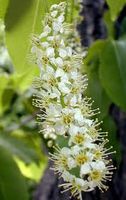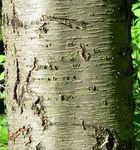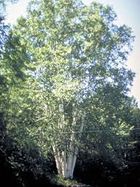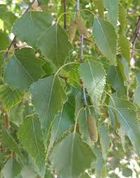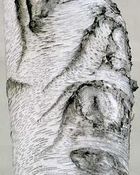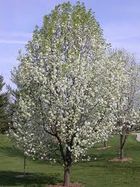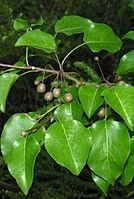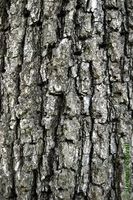Lexington Trees
Jump to navigation
Jump to search
The printable version is no longer supported and may have rendering errors. Please update your browser bookmarks and please use the default browser print function instead.
| In And Around Lexington |
|---|
| Events |
| Events and Calendars |
| Arts and Entertainment |
| Art Galleries, Cary Library |
| Museums |
| Historical Buildings and Sites |
| Bands |
| Orchestras, Symphonies |
| Local Flora and Fauna |
| Ballet, Opera, Theater |
| Trees, Shrubs and Vines |
| Wild Flowers and Herbs, Birds |
| Local History |
| Articles, Books, Old Pictures |
| Historic Commission, Historic Surveys |
| Old Churches and Meeting Houses |
| Period Maps, TV Stations, Web Site Mirrors |
| Recreation and Outdoors |
| Biking, Exercise, Gyms |
| Parks, Trails |
| Town Recreation Facilities |
| Food and Drink |
| Restaurants |
| City Life |
| Mailing Lists, Web Sites, FAQs |
| Churches and Temples |
| Child Care Centers |
| Public, Private Schools |
| Tutoring and Private Instructors |
White Pine
- Pinus strobus
- To 100 ft (30 m)
- Mature trees can easily be 200 to 250 years old.
- Prefers well-drained, sandy soils.
- Needle-like leafs grow in bundles of 5.
- Needles remain on the tree for two years.
- Cone is up to 8 in (20 cm) long.
Eastern Hemlock
- Tsuga canadensis
- To 150 ft (45 m)
- It may live up to 250 years.
- Leaves are flattened needles which grow from 2 sides of twigs, parallel to ground.
- Fruits are cone like, less than 1 inch long.
Quacking Aspen
- Populus tremuloides
- To 60 ft (18 m)
- Called Quacking due to the rustling sound of leaves in the light wind.
- The long stemmed, wide leafs are rounded and have fine teeth.
- The most widely distributed tree in North America, will grow in almost any soil except in the wettest swampy areas.
- Propagates itself primarily through root sprouts.
- A fast grower, it is usually the first tree to grow in burned-over areas and unused fields.
Red Maple
- Acer rubrum
- To 90 ft (27 m)
- Likes a wide range of soil types
- Reaches maturity in 70 to 80 years, and rarely lives up to 150 years
- Leaves are 3 lobed, or 5 lobed with weak basal lobes
- Notches Between Lobes are V-shaped
- Leaves turn scarlet to orange in autumn
- Produces syrup and sugar, but not as much as the Sugar Maple
Sugar Maple
- Acer saccharum
- To 115 ft (35 m)
- Leaves are 3 or 5 lobed
- Notches Between Lobes are U-shaped (rounded)
- Easily confused with the Norway Maple, see [[1]] for identifying the Sugar Maple in contrast with the Norway Maple
- Leaves turn yellow to orange to red in autumn
- Produces syrup and sugar
Norway Maple
- Acer platanoides
- To 100 ft (30 m)
- Was planted as a hardy street tree but is now considered an invasive species.
- Most populous tree in Lexington (18.54% of Lexington tree inventory)
- Leaves are 5 lobed.
- Notches Between Lobes are U-shaped (rounded)
- Leaves turn yellow to orange to red in autumn.
American Beech
- Fagus grandifolia
- To 80 ft (24 m)
- With long, horizontal branches
- Leaves elliptical in shape with many parallel side veins and coarse, small-toothed edges
- Bark is very smooth, light gray colored
Northern Red Oak
- Quercus rubra
- To 90 ft (27 m)
- Branches grow at right angle from the stem
- Leaves have seven to nine lobes
White Ash
- Fraxinus americana
- To 100 ft (30 m)
- Underside of leaves are whitish green with tiny hairs
- Name derives from color leaf underside
- Likes rich, well drained soil
- Wood is tough, does not break under strain
Black Cherry
- Prunus serotina
- To 80 ft (24 m)
- Bark and leaves have cherry-like aroma
- Dark berry fruits
Gray Birch
- Betula populifolia
- To 30 ft (9 m)
- Thin branches form irregular crown
- Bark is white gray with black spots where branches meet trunk
Callery Pear
- Pyrus calleryana
- To 65 ft (20 m)
- Native to China and Vietnam
- Abundant flowers in early spring, before the leaves are fully developed
